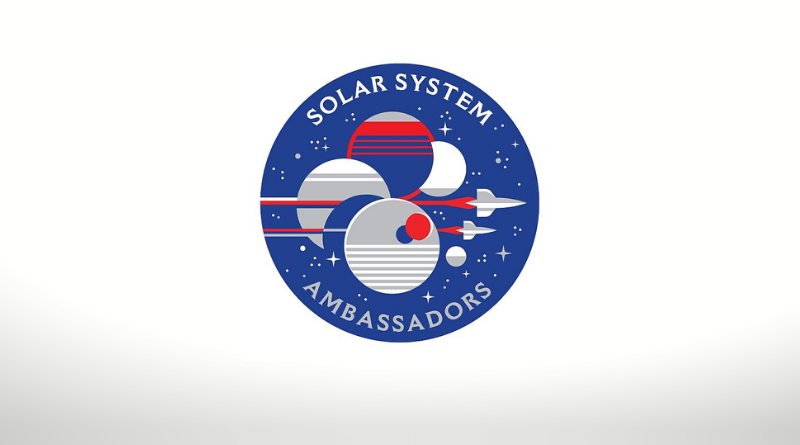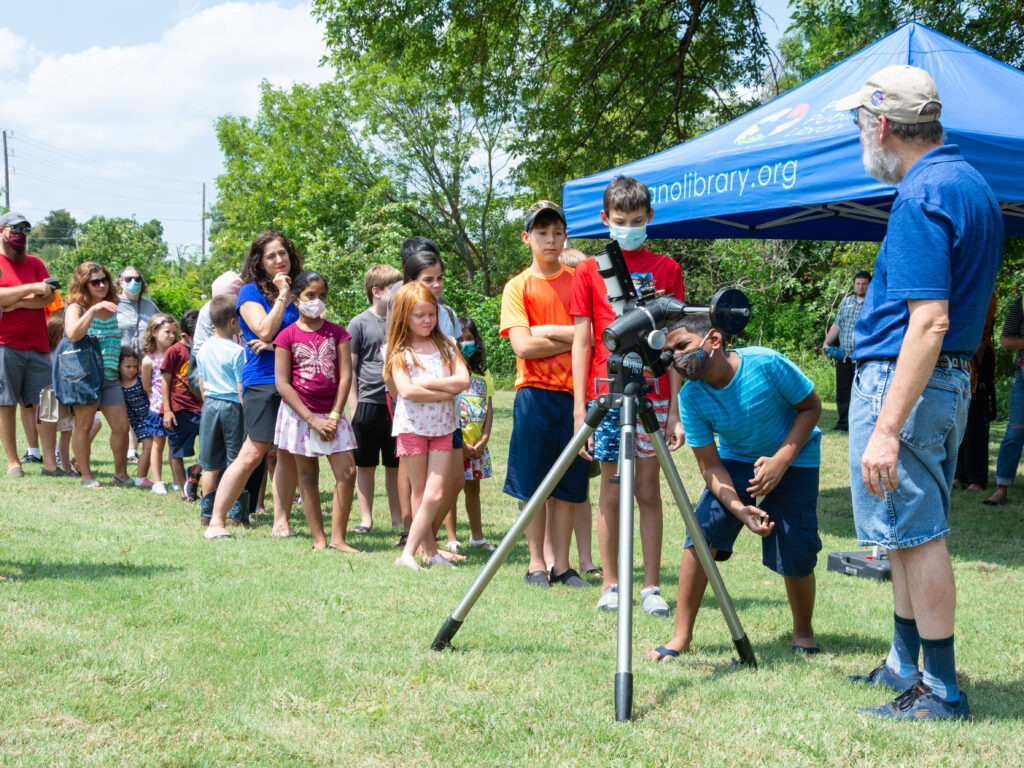
Eclipse Ahead!
This is a guest post from Les Murray, a NASA Solar System Ambassador (SSA).
For most of human history eclipses have been a source of wonder, fear and seen as signs from the gods. The earliest record of an eclipse can be seen in a stone petroglyph which was carved in 3340 BCE in County Meath, Ireland. Oracle bones carved around 1200 BCE were found in Anyang, China, proclaiming that the Sun had been eaten. Oracle bones are carvings on oxen shoulder blades and tortoise shells recording important events.
Eclipses were very important to many cultures as a part of their beliefs, driving early astronomy and mathematics. The Babylonians learned to predict future eclipses based on Saros cycles. Both Solar and Lunar eclipses are periodic, and the saros cycle can be used to predict future eclipses. A Saros cycle is about 6585.3 days long. The Babylonians believed that eclipses were omens from the gods and if they could be predicted, the bad omens could be avoided. An eclipse was often thought to have predicted the death of a king, so by putting someone else on the throne for the duration of the eclipse, the king avoided death. Afterwards, the temporary king would be executed, and the ruler returned to the throne. Today, computers can predict eclipses with very high precision for thousands of years into the future. This is how we can prepare to watch an eclipse.
We are lucky to be right in the path of the next total solar eclipse which will occur on April 8, 2024. The Eclipse will begin at 12:23pm and will reach totality at 1:41pm. Totality is when the moon completely obscures the sun allowing naked eye viewing of the sun’s corona. The period of totality will last for 3 minutes and 32 seconds, will begin at 1:41:25 and end at 1:44:57. The moon will finally leave the disk of the sun at 3:03pm.
Totality is one of the most amazing things you can experience and should not be missed. During the duration of totality, we will be within the moon’s shadow allowing safe viewing of the sun’s corona. There will be a few other effects during the eclipse; one is the drop in temperature of about 10 degrees during the eclipse. Because it occurs so abruptly, it is much more noticeable than at the end of the day where sundown is much more gradual. Often animals will be spooked by the sudden change: crickets will begin singing, and mosquitoes and midges will come out thinking it is sundown. At the last eclipse in 2017, (which my family and I observed in St. Louis) we heard nearby roosters begin crowing. Even with everything that I know about eclipses and all my science background, I’ll admit that I found the 2017 total eclipse quite spooky when totality occurred.

The biggest thing to pay attention to during the eclipse is eye safety. It is NEVER safe to look directly at the sun at any time other than during totality when the sun is 100% obscured. At all other times, you MUST be wearing solar glasses or looking through a sun-safe filter. All solar glasses and equipment should have the ISO 12312-2 Standard. This certification ensures that the filters are safe for viewing. You can use the American Astronomical Society’s list of certified Safe Filters and Viewers to help guide you to a safe and tested product. Many of the major astronomical suppliers also have other products such as solar binoculars, filters and solar telescopes. The most important thing is to purchase ahead of time as supplies are already limited and will only get tighter as we approach the eclipse. Some on the internet advise using welder’s goggles, but they are not specifically designed and tested for that purpose and NASA advises a minimum of Shade 12 or higher if you do choose to use welder’s goggles. Some find 12 a bit too bright and 14 a bit too dim. In most cases, solar glasses are relatively inexpensive and a much better choice.
There are no pain receptors in the eye and solar retinopathy can occur without even realizing it. Permanent damage can occur causing blind spots, color distortions, straight lines appearing curved, etc. Consequently, it is also critical that you watch younger members of your party and ensure that they understand the danger and are not inadvertently exposing themselves.


I also encourage you to look for events at your local library to learn more. Plano Public Library is holding several events leading up to the eclipse that will help you learn about all the solar phenomena you can observe during the eclipse, safety and how to prepare for the event. There will be an opportunity to observe the sun with solar-filtered telescopes! All five Plano Library locations are also having events the day of the eclipse and are a great way to experience the eclipse.
Eclipse Ahead Presentation and Eclipse Day Events.

Les Murray is a NASA Solar System Ambassador (SSA) from The Colony, Texas. SSAs are NASA-trained volunteers who give presentations and hold events to inform the public about NASA missions and science.
Les has a degree in Physics and currently works in high-speed data networking. Les is an avid amateur astronomer and likes to image the night sky. Les does lots of public outreach for astronomy, ham radio, robotics, rocketry, and electronics. He loves science and really loves sharing it with others.





